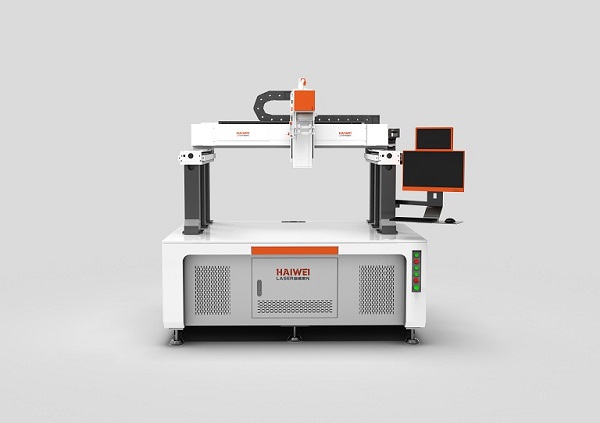Advantages of Lithium Battery Laser Welding Machines in Energy Saving and Emissions Reduction
As global manufacturing shifts toward sustainability, the environmental performance of production equipment is increasingly important. The lithium battery laser welding machine offers several inherent advantages in energy saving and emissions reduction compared to traditional welding methods.

Lower Energy Consumption
Fiber laser sources used in modern lithium battery laser welding machines convert electrical energy to laser light with high efficiency—typically over 30%, significantly higher than lamp-pumped or older laser systems. This reduces overall power demand during operation. Additionally, the non-contact process eliminates the need for consumable electrodes, further lowering resource use.
Reduced Material Waste
Laser welding produces narrow, precise welds with minimal heat distortion. This allows for tighter joint tolerances and thinner materials, reducing material scrap rates. In high-volume battery production, even small improvements in yield contribute to significant long-term resource savings.
Elimination of Process Gases and Byproducts
Unlike arc welding processes that require shielding gases such as argon or CO₂ in large volumes, laser welding typically uses minimal assist gas. Some applications can even operate with low-flow nitrogen or air, reducing gas consumption and associated emissions. There is no slag, spatter, or electrode waste, minimizing post-processing and waste handling.
Integration with Green Manufacturing Systems
Lithium battery laser welding machines are compatible with smart factory setups. Real-time monitoring and data logging enable energy usage tracking and process optimization. When powered by renewable energy sources, the carbon footprint of the welding process is further reduced.
Support for Sustainable Battery Production
Since lithium-ion batteries are key to electric vehicles and renewable energy storage, improving the sustainability of their manufacturing directly supports broader decarbonization goals. Efficient, low-impact welding processes align with ESG standards and regulatory requirements in automotive and electronics sectors.
The lithium battery laser welding machine contributes to energy saving and emissions reduction not only through direct energy savings but also by enabling cleaner, more efficient production. For manufacturers aiming to reduce environmental impact, it represents a technically sound and economically viable choice in modern battery manufacturing. Suppliers like Haiwei Laser offer practical solutions that balance performance with sustainability goals.
Recent Posts
- What are the advantages of laser welding machines in lithium battery pack production lines?
- What issues should be noted when choosing a lithium battery pack production line?
- Quality Inspection and Control of Lithium Battery Module Pack Production Line
- Cell grouping and sorting process in lithium battery module pack production line
- What are the safety hazards of lithium battery pack production lines and how can they be prevented?
INQUIRY

